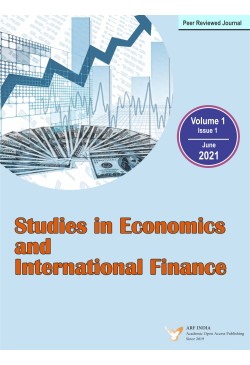The search and matching model is a compelling analytical framework that academic economists have at their disposal to explain and replicate observable labor market patterns and regularities. In the prototypical search and matching framework, the representative worker is in control of a series of variables (e.g., her job search effort, her wagesetting bargaining power, and her productivity performance), which she efficiently manages given the underlying assumption of full rationality. This assumption neglects the fact that workers may possess different personalities and that personality may exert a decisive influence on behavior and, ultimately, on employment and unemployment outcomes, as well as on the formation of wages. The current study revisits the search and matching model, endowing the labor force with potentially distinct personality traits. The big five personality traits of psychological analysis are considered, to approach eventual deviations of the model’s results relatively to the nopersonality benchmark. Each of the traits (openness to experience, conscientiousness, extraversion, agreeableness, and neuroticism) affects the labor market in distinct ways, given the unique influence they have over each dimension of the workers’ behavior.
Keywords: Search and matching; Personality traits; Labor market equilibrium; Unemployment rate; Microbased behavioral economics.
JEL classification: D91; J21; J23; J31.
Orlando Gomes (2022). Search and Matching when Workers have Personality. Studies in Economics and International Finance, Vol. 2, No. 2, pp. 109140.
https://DOI: 10.47509/SEIF.2022.v02i02.01
